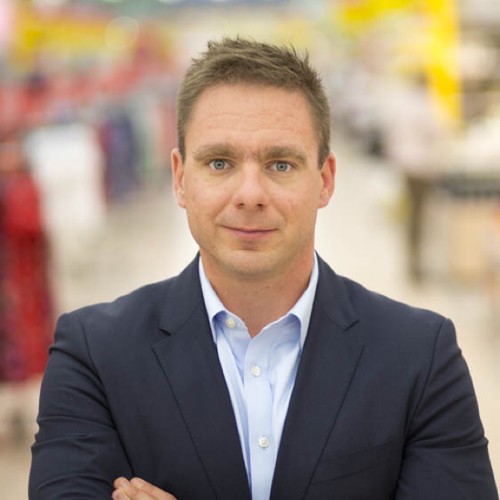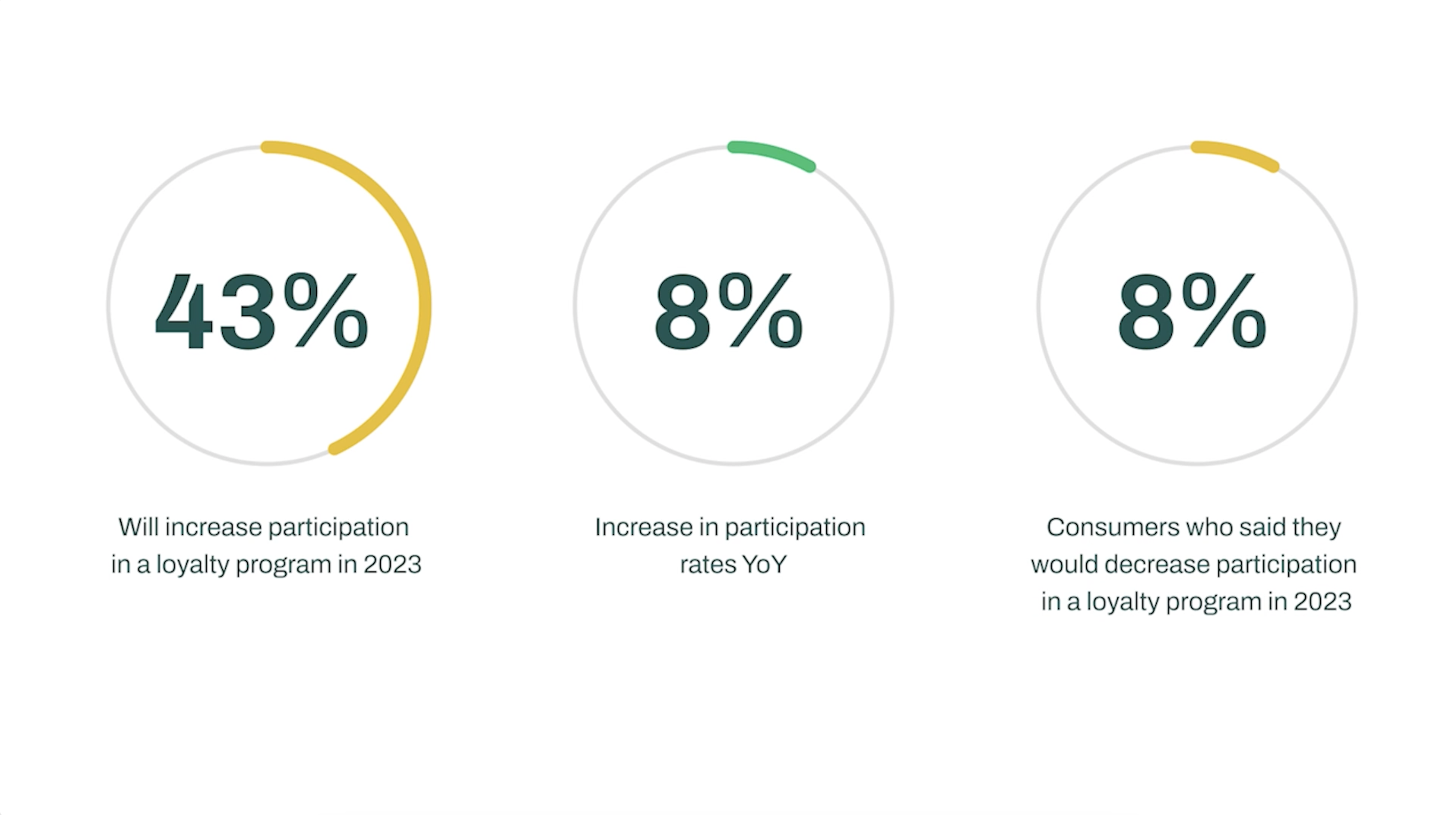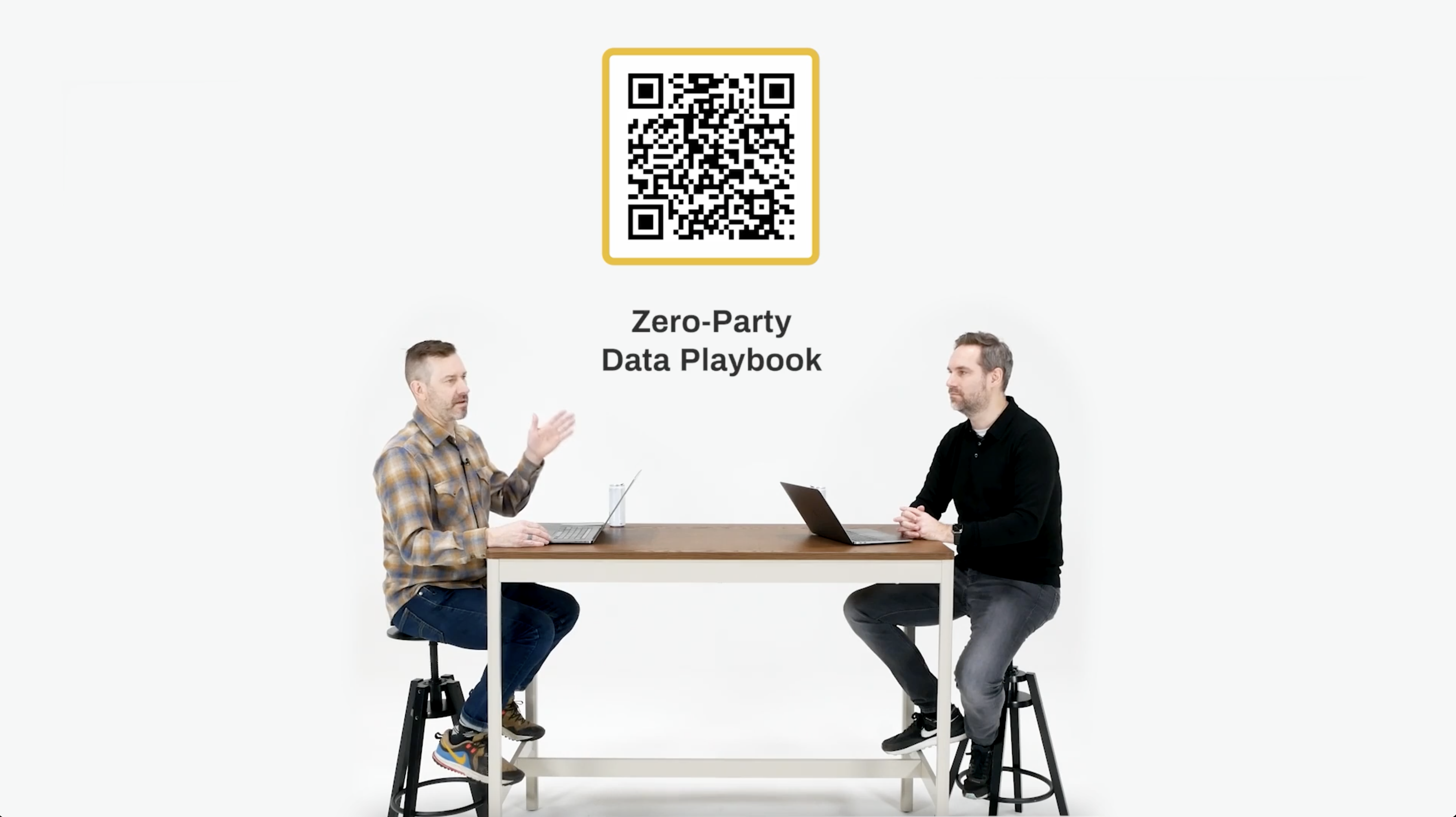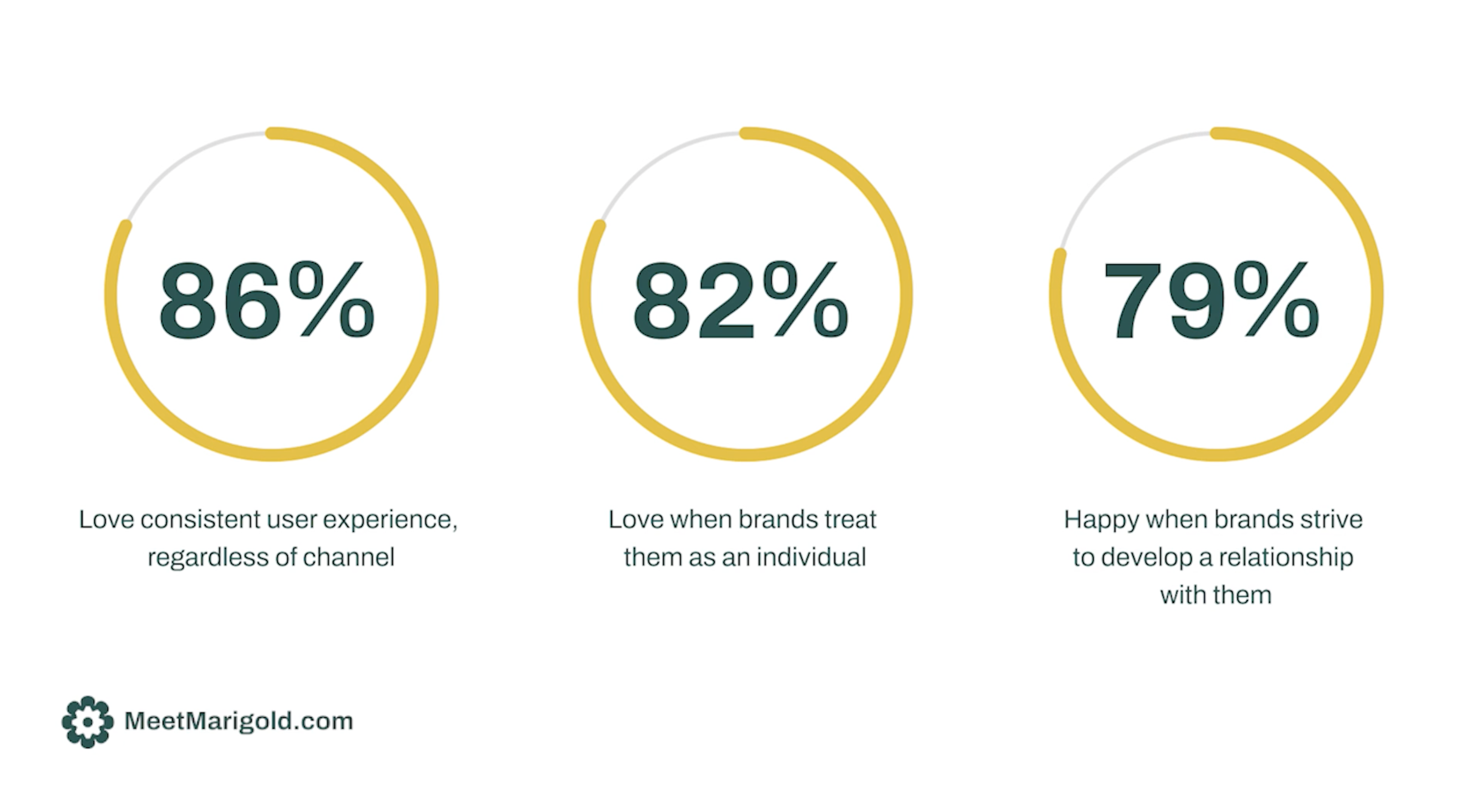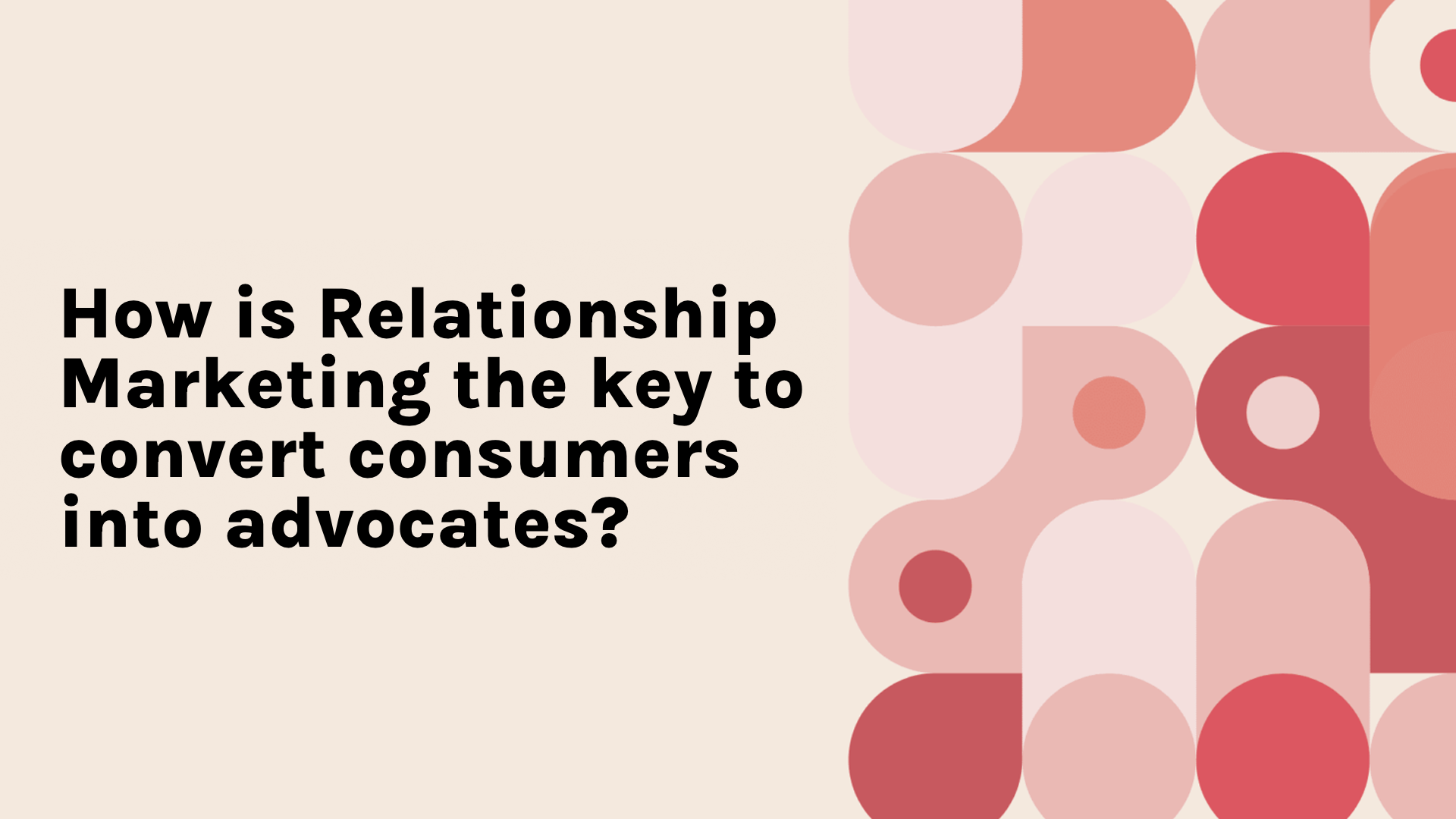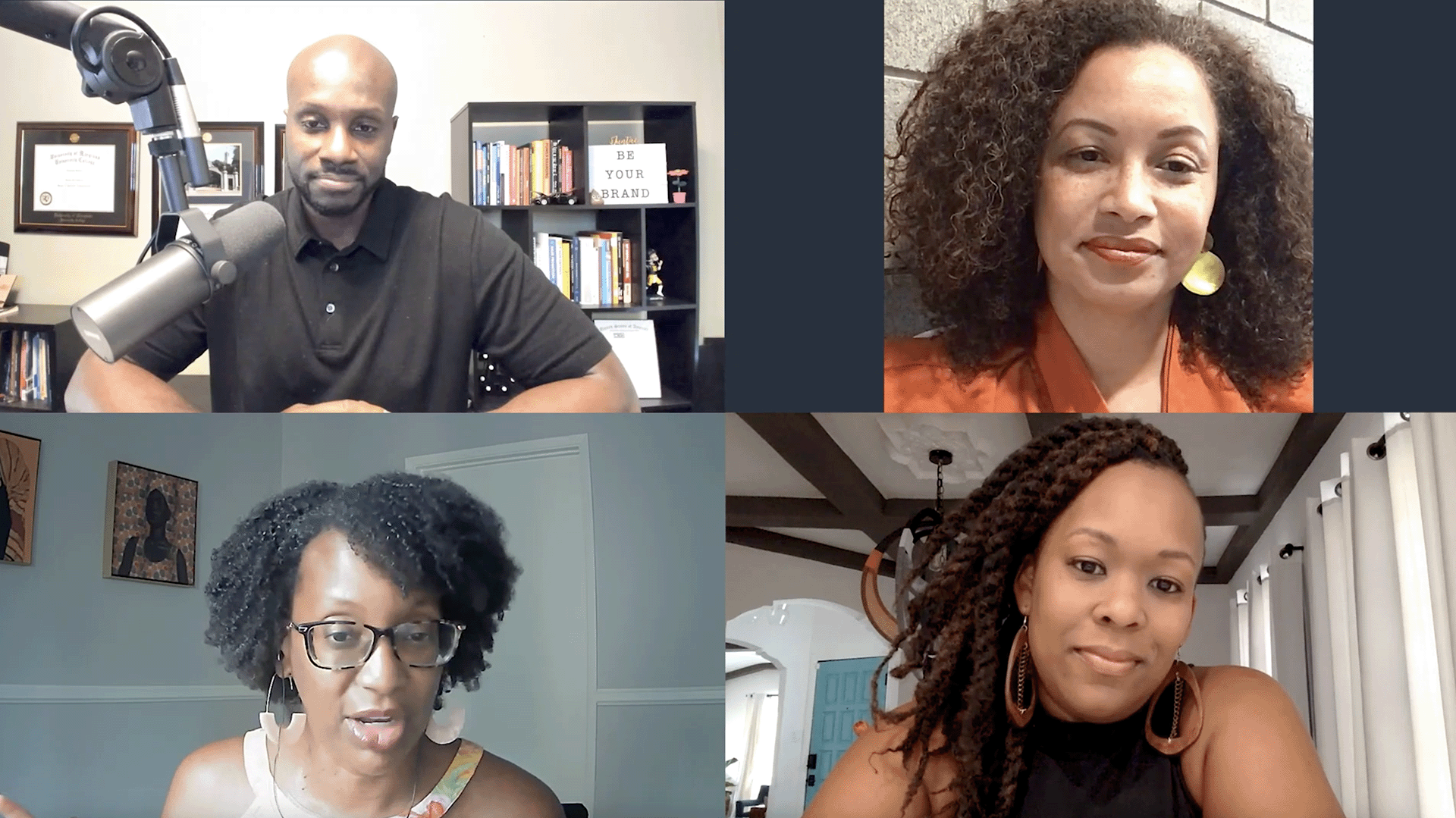Client Success: How Salling Group Hit Annual Membership Goals in 4 Weeks
- 0.5
- 1
- 1.25
- 1.5
- 1.75
- 2
Tim Glomb: Wake up time, 3: 00 AM. I don't know anybody who likes to get up at 3: 00 AM. I'm interviewing Andras Szocs, who is the Senior Director and Head of Customer Programs and Center of Excellence at the Salling Group, Denmark's largest retail operator. But I got to get ready, get dressed and get into the office. Yep, and it snowed. It's cold. Now, Andras has a good eight hours on me. So he's already, probably on the store floor checking produce, stock, high- fiving employees, and I know he is checking stats on their brand new loyalty program. This program is powered by Cheetah Digital and rolled out earlier this summer, smashing all of their KPIs for acquisition and registration. Today we're going to hear about some of the most successful features in the program, including personalization and offers that scale. So here's to another Signal session and a remote interview, eight hours apart. I guess for me, it's time to make the donuts. Let's do it. Andras, it is great to talk to you again. I appreciate you making the time for us. I know you're a busy man over there. How is your day going so far?
András Szőcs: It's actually very busy. Thanks. Nice to meet you again. Actually, we were doing a lot and now we are ready to talk about how great customer program we built.
Tim Glomb: Yeah. Well, let's talk about that. You and I have talked about this before, but for the benefit of everyone watching at home right now, can you give them an understanding of what the Salling Group represents? What businesses you're in, what kind of scale you have, just give us the 60- second overview on the Salling Group.
András Szőcs: Sure. Salling Group is basically the biggest and the best retailer of Denmark. We are representing a few brands in Denmark. The core three brands in the brick and mortar is Bilka, Fotex and Netto. So basically they are a supermarket, a hypermarket and a discount chain. Next to that, we are bigger and bigger on the online landscape with Bilka, Fotex and Wupti. And next to that, we are also running the Starbucks and the Carl's Jr. business in Denmark. So we have a pretty extensive portfolio of stores, restaurants and the all retail landscape.
Tim Glomb: Great. And just give us an idea of the scale. How do you sit in the market as far as size?
András Szőcs: Sure. Basically, our size is we are close to$ 10 billion business as a group. In Denmark we have close to 35% market share. So we are by far the biggest retailer in Denmark. We are operating more than 1, 400 stores across three countries, which is Denmark, Germany, and Poland and I think it's a great measure that we just bought Tesco Poland recently.
Tim Glomb: You're big, you've got size, you've got scale, but let's talk about this awesome program that you've built. You've built a loyalty program on the back of Cheetah Digital. It's why we're together and doing business together, but can you explain what problems you were trying to solve in this new rollout that happened this summer? What problems you were trying to solve, and what goals did you set? What KPIs did you set when you launched this program?
András Szőcs: Sure. The whole conversation started as a part of a promo transformation. So the whole program, you stand to solve a big issue that basically we are very much physical leaflet dependent in Denmark, in Salling group. So we are printing physical leaflets every single week for all of the formats I mentioned before, and we really wanted to move away and basically establish our own digital, personalized communication channels. So that was one of the most important lever why we decided to go with the loyalty program. On the other angle, we are also committed very much to understand our customers. So we are pretty good on understanding our transactions, but to link those transactions together to understand our customers better, that was really key. And that was a very obvious next step on our journey. That's basically the two key lever why we started to talk about the loyalty program. And finally, we also implemented it. On the top of everything, we also feels that it's a very relevant and it's very good to own our own digital communication channel. So we could easily done this journey by just simply move it to Google and Facebook, but by owning our digital channel, it's much more effective for us.
Tim Glomb: Sure. That makes a lot of sense. And I can understand moving from the leaflets, we have them in America to a lot of printed circulars that you get every week as you walk in the store, or maybe you get them into your mailbox at your home. How was the migration of getting people into your own digital loyalty program? Was that a difficult one? And what was required for people to actually join this new digital channel that you were building?
András Szőcs: So, first of all, I think it's first to mention that actually, we were also surprised how successful the transformation was. So I cannot tell you exact numbers at the moment, but I can tell you that within four weeks, we achieved our goal, which were set up for us for the end of the financial year. And now after a few months of the launch, we are very close to reach our 2021 year end goals in terms of registration and in terms of members. So it's an extreme success I can say. Why it is, I think there are numerous building blocks why it was a successful transformation. I think first of all, the buy in from all stakeholders within the company was super high, and we also made everything to make the program simple. So we created a digital platform, we created a platform which is a single touch identification platform, which means that basically your payment card is your member card. So basically, what you need to do is just download an application, register your payment card, and then you are good to go. We also topped it up and supported this with the extremely successful and extremely sharp membership start campaign. So we invested heavily on some great and broadly penetrated membership offers. We invested a lot into store staff, into communication to make sure that not just the awareness, but also the easiness of the registration is supported heavily in the stores. And I think that's concluded in this great success. Since the launch program, what we can see is a very high usage of our application. So basically, we changed league. So the daily active users and the monthly active users are 10 times higher, what we saw with the original apps, which didn't contain any personalized or membership offers.
Tim Glomb: Wow. 10 times higher. Well, not only are you... We understand you can't share your membership numbers, but you've already met your goals. You met your goals very quickly. You've got high usage, 10 times return. I mean, that's amazing. You got to feel pretty good about this, right?
András Szőcs: Yeah, absolutely. Absolutely. So we are very happy. My whole team is very happy and I'm very proud to basically everybody who was involved to the program, but as I mentioned, it was a great cooperation between the inaudible, between the digital teams, IT, commercial. So I think that was really one of the key of the success that it was a full buy- in from every level and every department.
Tim Glomb: Excellent. I want to ask you the... Let's talk a little bit about how the app works and the data collection from your perspective. It's very easy to enter, obviously, and you were one of the most downloaded apps when this rolled out, correct? I mean, so people were adopting it very quickly.
András Szőcs: Yeah, absolutely. We are. I'm very proud to say that we were number one and number two at the same time, we did with the two branch. So if I recall it right, Bilka was the first, Fotex was the second in the entire app store. So we were better than Facebook, Insta, or TikTok that we were very, very proud. That was a good morning to wake up and out of the 10 most popular application, two is yours in the Danish App Store. That was a cool morning.
Tim Glomb: I'm sure that it was. Now, once someone's in the app and they've joined, you're asking for a credit card, is that kind of the unique identifier that ties a lot of this together for you and starts that engine and the real interesting data collection around personalization? Is that really where it starts?
András Szőcs: We are asking an email address from you. So basically, the email address is the ultimate key, is the membership number, so to say. But then how to make it very simple to use the program in the stores to identify yourself, that's where we are using the payment card. So we basically tokenize the payment card into a membership card. So every time when you are simply paying with this registered payment card, your transaction is identified, therefore it's captured, therefore we can use this transaction, the data in this transaction, in order to make much better offers for you in the future. So, that's how the logic works. Of course, it's fully GDPR compliant. Of course, we're treating the data with the highest care. Of course, we are basically tokenizing everything. And technically, we don't really need to know you, we just need to know your shopping habits in the retail. Therefore, we can start the personalization.
Tim Glomb: So, that's really important I think for our viewers to understand here is that tokenization and kind of the anonymous layer that you're putting on top here is very interesting. So if you can get a payment card in, you can kind of anonymize that person, but still track that person. And we've talked a little bit about how to personalize. And Cheetah Digital's machine learning is part of that engine. So you've given examples before where imagine how in the future, if we know that you are a vegan or even just a vegetarian, how we could eliminate meat from products and suggested recommendations to you. But can you talk a little bit about the machine learning and the engine behind that personalization and maybe give some real world examples of how the personalization is actually working inside of the app.
András Szőcs: So the personalization itself, it's visualized as we call personalized offer. So first of all, you need to know that in the app, there are two layers of offers and there are membership offers, which are equally same for all the members and it's giving you a price from us and then there are the personalized layer, which is giving an on- top discount, most probably on your favorite products. And even within the personalized offers, we are distinguishing between two kinds of personalized offers. One is the reward where we are completely rely and we are completely doing it via the Cheetah machine learning module, and then we have stretch affairs where we are creating segments and then we are trying to stretch these segments towards up trade or cross trade or any kind of crazy ideas we have. But I think what is the most unique or the most interesting thing is the reward part. So basically what we are doing on the reward part is, as I mentioned, we're collecting every single transaction and then based on this set of transactions which belongs to you or to the member, we are trying to find from another coupon pool, the most relevant offers for you. We are using three kinds of algorithmical approach. We call A match, the most relevant coupon. These are full skew match. So if you're buying Diet Coke, then you will get a Diet Coke. If we won't find any A match from the coupon pool, then we are moving into the B match where we are trying to find out the hierarchy or any kind of other attributes on the different skews, e. g., vegan, e. g., Italian wine, whatever we can identify on our master data. So you're going to get to an offer which is not an exact you match but a category match. And if you are not even finding a B match, then we are moving into the C match which is basically a profile- based, segment- based targeting where we are trying to find similar customers to you and if you buy that food, you most probably am going to buy that as well, kind of approach. So we are testing and learning as we speak. I cannot tell you that we are at the end of the journey, maybe we're never going to be end of the journey, but it's better and better every day.
Tim Glomb: Yeah, I think you're right there when you say, " We're never at the end of the journey." I mean, the technology and the advancements and frankly, that's where we want to go with Cheetah Digital, right? 25% of our top line revenue goes into innovation so we always want to be able to iterate and make this better. I do want to ask you a little bit though, this all happens in real time. I mean, the engine that we've built with you here at Cheetah Digital is allowing all of this data to move between systems, between databases to make this decisioning in real time for your consumers, correct?
András Szőcs: I have to say that it's... So basically, what you feel as a customer, that is real time. What is happening in the background, it's frequently rerun algorithm. But as a customer, you absolutely feel that somebody is taking care about you in real time and you're going to get your coupon replacements as you did your shopping. Absolutely.
Tim Glomb: So you talked a little bit about these offers, these A, these B, these C matches and all this metadata that's being processed in real time to hopefully make the right personalized offer. Let's talk about intelligent offers because that's been a little bit of a buzzword in the industry right now and I think some people are struggling with bringing that to reality. For you, how important is that a customer to feel that it's all in real time and feel that it is a one- to- one, not a mass? They're not just part of a group, but they are an actual person with their own individual behavior and their own individual persons. How important is that to your strategy moving forward down this journey of personalization, that it is a one- to- one?
András Szőcs: Yeah, it's absolutely the critical part of the whole journey. So the membership offer, so to say, that's mostly for recruitment purposes. How we want people to come back to the application every day is basically why are the personalized offer. So that's the whole transformation which I told you at the beginning. So the promo transformation is about technically filtering the leaflet for you. So you need to feel that, " I don't need to go through on this thousand pages," which is the initial retail landscape is producing every single week because we are pre- selecting for you. Is it customers for you? Most probably not. Most probably there are segments, but you must feel that you are your own segment. You are the only one in the segment. And honestly, I think if you see a few fully personalized products, which is technically an A match for you, so an inaudible match, you have this kind of aha feeling every time you're opening the app.
Tim Glomb: Yeah, I think that's critical to the path forward. You guys are blazing the trail there. I do want to talk a little bit about the opportunities that this investment has made. Obviously it's a giant investment in technology and time and energy to build this engine, to put all of your data, working together seamlessly to create this awesome experience, but it definitely opens up new opportunities from even sales and marketing. Can you talk a little bit about how you are able to bring other products to market, maybe smaller vendors or other ways that this personalization at scale brings new skews to light for customers?
András Szőcs: Absolutely. So I think that's also another key element which you highlighted here. So with the core or with the original marketing set up, the bigger product, the better. And with this kind of way, how we are advertising products, basically any kind of small, any kind of niche product can be a good product because we can find the customer segment for it. So even if you are a smaller supplier for who is very difficult to get to the leaflet, finally they can also be very relevant and finally, they can be very visible even as a first coupon in the application if we can find the right customer segment for them. So that's not just a great opportunity for us, it's not just a great opportunity for our buying department, but also for our partners who we are working with. But I also have to say that this is a kind of a transformation, so it's not happening overnight. Everybody needs to do a step change in the promo planning, in the trade planning, because so far the bigger products were the better ones. And this is kind of, let's say ritual mindset, which people needs to change in order to run a successful, personalized offer campaign or inaudible.
Tim Glomb: Okay, Andras. So, so far, this is great. You talked about a 10 times lift, you're smashing your goals from a membership drive perspective, but let's talk about the actual app because you actually built this really, really nice app. It does all sorts of things. Can you tell us the kinds of the customer experience that's inside of the app and some of the features that you baked into this for the consumers?
András Szőcs: Sure. I think what is very important that we try to build something, a program or an app, which is not just talking to the pocket, but also talking to the heart. So there are two kinds of loyalty. How we feel it, there is this functional loyalty which we can buy. So membership offers, personalized deals and all kinds of discounts are serving that. And then there is this emotional loyalty, which is of course, for some brand is very easy to build, for some brands, and especially retail, it's a pretty difficult story. But we also try to go for that. So for example, we built a function, it's called digital refund, which is fully about the trust. So we basically extended or freshness guarantee into the digital landscape. So if you buy anything with us, which is drinkable or eatable, and then you arrive home and you are not fully happy with the quality, then you can just take a picture, you can upload it to the application and we basically give your money back. So that's a quite a unique feature. I haven't seen it so far in the retail landscape. So that's exactly something which is kind of an emotional loyalty builder. And we're also thinking about these things for the future. How we can make the shopping trip either easier or more joyful or more fun. For example, we are building our shopping list. Our customers told us that the shopping list is one of the features which they really want to use, and they really want a rockstar shopping list in the app. So now we are coping with another agency and trying to build the best shopping list in the world. And more and more things to come, not just for the pocket, but also for your heart.
Tim Glomb: Let's talk a little bit about the future. You guys, you rolled this out. The app was incredibly successful. It's only a few months in market but you're already seeing great returns. But you have multiple brands, right? You didn't roll this out for all of your brands. So what does the future look like for Salling Group and where do you go next with this loyalty program?
András Szőcs: Yeah. Without saying too much secret, I can already tell that we have a very strong plan to go live with our third and biggest format very, very soon. So that's going to be one of the cracking move in terms of scale. That's the super important. And we are also aiming for a new features, both on the pocket part and both on the heart part. So for the pocket, we are developing new kinds of promotional types like punch cards, like spendacy vouchers, like personalized spendacy vouchers. And on the heart part, we are aiming for solutions which supporting the omni- channel journey so you can redeem your coupon all across the physical and digital platforms. As I mentioned, we are aiming for the perfect shopping list, which is going to be ready in this year and numerous other elements, which I cannot tell in details.
Tim Glomb: That's all right. We can't wait to see them roll out. And I'm sure that they're going to be cutting edge, and the world- class shopping list. I can't wait to see that. Let me ask you, this is a daunting task, right? Anybody who's taking on a project this large, with this much scale and this much detail on the personalization, it's very difficult. And you've offered advice before and I think you'll offer the same when I ask the question, but what would you tell anyone watching right now who's going to undertake this? What's that top piece of advice that they should prioritize in a digital transformation project like this?
András Szőcs: Yeah. Sure. There are some internal and external things, which I would like to highlight. So internally, within your organization, you need to make sure that the all across buy- in is there. So it's not just a digital project or it's not just a commercial project. It's not just store project. Everybody needs to be on. You really need to think it super seriously. Why you need to think it super seriously, because it's very critical to make sure that you're moving the crowd into the app at the beginning. So you need to create a super launch campaign and you need to make your big investment to make sure that within a few weeks, major with review of your users are going to come in. That's how you can make the program serious and successful, not just internally, but also externally. So you can then convince your partners to do this transformation either from physical threats or from whichever classic marketing channel, and also make the engagement within the organization that it's moving the company forward. In terms of the app, in terms of the program for the customers, what you need to always keep it as your mantra, to keep it simple. And then I'm meaning, keep it simple, keep it super simple. So last time we spoke, we talked about the grandma test. So honestly, if you can give it to your grandmother and she can sign in within a minute, then you build an easy app. If it's asking too many question, if you would like to create already a profile at the sign up, I think it's not the way going forward. You need to keep it super simple. Honestly, maybe that's the two things which I would say as an advice.
Tim Glomb: I'd like to ask you a little bit about Cheetah Digital. You've been working with Cheetah for a while now, obviously a monster project, a lot of data, a lot of API connections, a lot of integration, how is it working with our Cheetah Digital team here? I know that you're on our EDP, our Experience Data Platform and our loyalty platform, but what could you say about the experience working with the Cheetah Digital team?
András Szőcs: I think the word which I would use is a partnership. So I think it is very good that we were together in this crime. So from the very beginning, that's how we treated each other. So we build the architecture, we build the system, we build the codes, everything together. And of course, it have its pros and cons. So from the very beginning, we knew that it's never going to be a walk in the park because obviously, if you build up something very personalized, those who are on the architectural landscape, that's sometimes not easy. But that's the best thing on the other angle, that we could customize everything. We could listen to each other, we could spend some nights together next to the computer or next to the code and we could co- develop. And that was the biggest fun in this whole project. We did it with a very short timeframe. So from basically the ID to the first customer, it was less than a year, how we build it up. And from the very beginning, we felt and we saw that it needs to be a kind of a co- development and a test and try approach. But finally, I believe we built a brilliant product and both our platforms got much more clever and much better.
Tim Glomb: Yeah, we agree. We, as you mentioned, want to be flexible, we want to be agile. Our platform is meant to ingest loads of data, all sorts of data, structured, unstructured data, from multiple different places and make that meaningful. As you got onto our experience data platform, what are the unique capabilities or insights, and how's that helping you solve problems as a marketer or analyze your data? Is the EDP giving you unique value to understand your data?
András Szőcs: Sure. I think the biggest value is that when you create a segment or you find some insight, then you can very easily activate this. So it's not just very theoretical analysis, but when you find the group of customer who you would like to attract, who you would like to work with, then you can very easily transform this segment into an audience. And then you can decide what you want to do with them. That's most probably the best part of the system. That's what my teams likes the most and that's what we really would like to utilize in the future as well. I cannot tell that we already explored all the functions, but we have a good sense what we can do with the program and what we can do with the EDP in the future.
Tim Glomb: Well, Andras, I know the future is very bright for Salling Group. You guys obviously have created an amazing program. You rolled it out into market in a short timeframe with incredibly short success window, you've already hit your KPIs for the year and are already creeping up on 2021 goals. So we're excited to be a partner with you to see what's next. And give us a peak, what's going to be next? What are you going to challenge with us next?
András Szőcs: Yeah. Yes, absolutely. This was a great journey and we really enjoyed to be on it together. And honesty, last year on the Signals I had a great request or a great challenge from your CEO that you are looking for customers who is always asking, can we do this? Can we do this? And actually, there was also a reward or a price about that. So I really would like to be the customer who will always challenge you guys that, can we do this? Can we do this? And I think if you are asking your team, they can really validate that we are those guys.
Tim Glomb: Yes. I would say that you are those guys and you're really pushing our innovation. So we're committed to innovation. We're small, nimble, and ready for the task. So you bring it on. And look, I got up at 3: 00 AM to do this interview, so we're challenged all around with the Salling Group, but we love it. We would expect nothing less from you.
András Szőcs: It is the same. It is the same thing.
Tim Glomb: Great. Well, you're a busy man. I appreciate your time. Enjoy your day. We'll talk again soon and I appreciate everybody watching today at the Signals20 session with Andras here at the Salling Group.
András Szőcs: Thanks for the opportunity. Thanks guys.
Speaker 3: Signals20, the content series from marketing rockstars.
DESCRIPTION
As the largest retailer in Denmark, Salling Group sees over 11 million customers a week through its grocery store chains, coffee shops, restaurants, and stores. This summer they launched a loyalty app with massive success. Watch as Andras Szocs, Senior Director and Head of Customer Programs and Center of Excellence, explains how their data-driven loyalty strategy combines customer data across their multiple brands to create unique, personalized offers resulting in a significant increase in revenue and engagement early in the program’s launch.
Today's Guests
